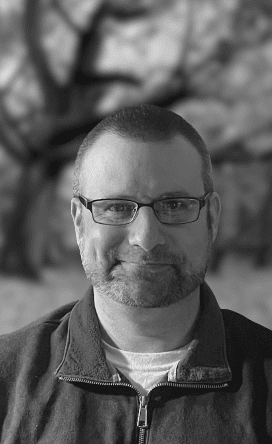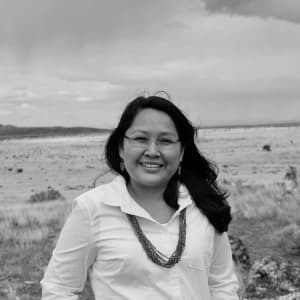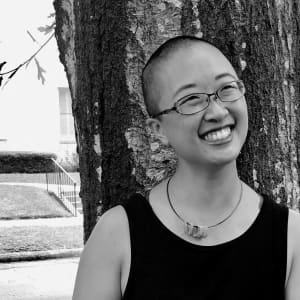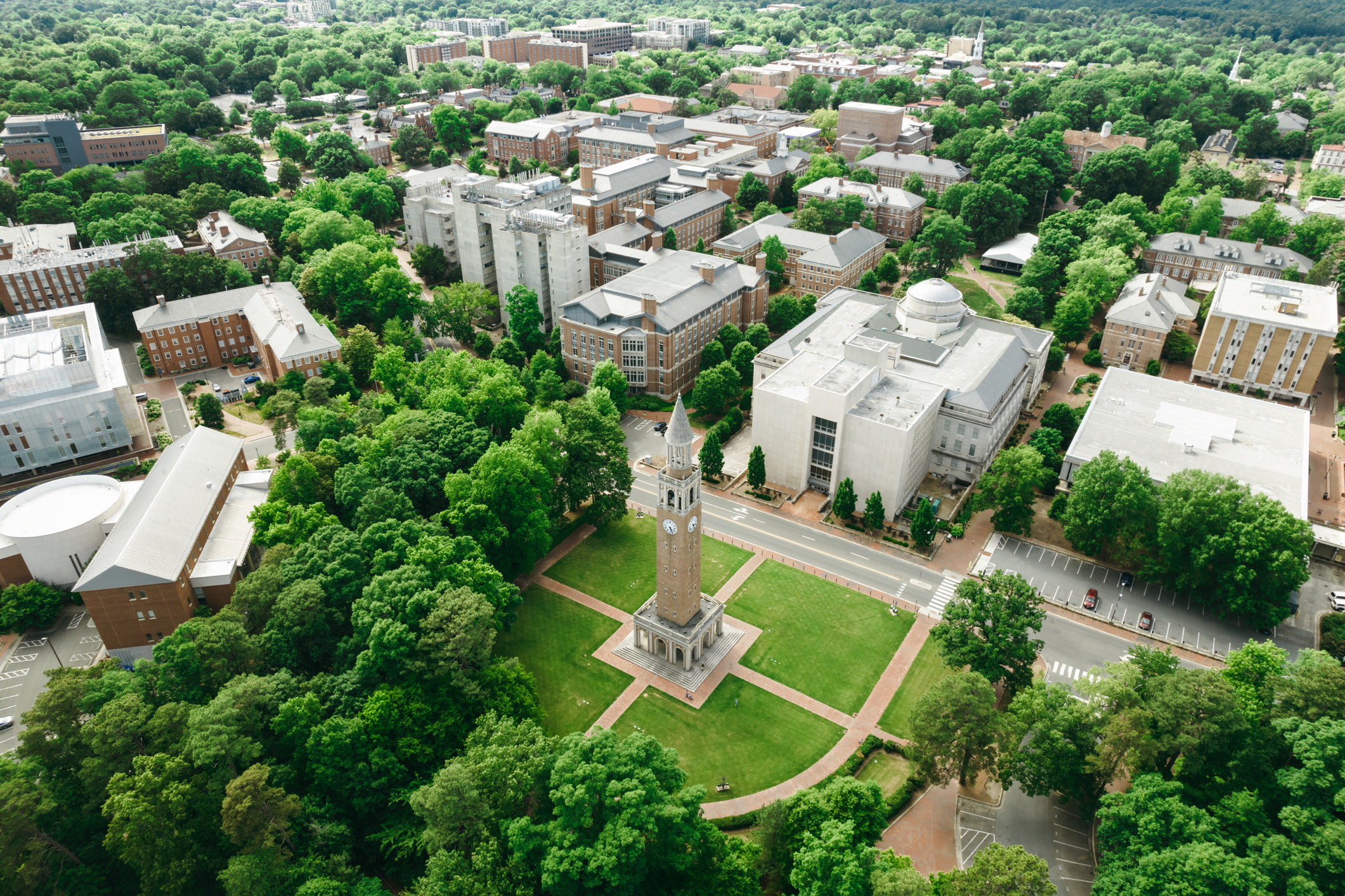How Nurses Can Build Better Trust With American Indian Patients

NurseJournal.org is committed to delivering content that is objective and actionable. To that end, we have built a network of industry professionals across higher education to review our content and ensure we are providing the most helpful information to our readers.
Drawing on their firsthand industry expertise, our Integrity Network members serve as an additional step in our editing process, helping us confirm our content is accurate and up to date. These contributors:
- Suggest changes to inaccurate or misleading information.
- Provide specific, corrective feedback.
- Identify critical information that writers may have missed.
Integrity Network members typically work full time in their industry profession and review content for NurseJournal.org as a side project. All Integrity Network members are paid members of the Red Ventures Education Integrity Network.
Are you ready to earn your online nursing degree?

Editor’s Note: Graylynn Hudson, a member of the Navajo Salt Clan whom we interviewed, requested “American Indian” be used in this article.
Many American Indians experience disparities in healthcare compared to other groups. Healthcare workers must build positive relationships with their American Indian patients to help eliminate these disparities. To do so, it is important to understand the disparities American Indians face, recognize cultural barriers, and find ways to help establish and maintain trust.
This guide overviews the issues American Indians often encounter in the American healthcare system and how nurses can help break down cultural barriers to lessen American Indians’ health disparities.
Understanding the Roots of American Indians’ Distrust
Since the earliest days of colonization, various factors have sowed the seeds of distrust that many American Indians have for American systems and institutions, especially when it comes to healthcare. According to Graylynn Hudson, a member of the Navajo Salt Clan and licensed psychologist, events throughout history led to a disturbance in American Indian culture and distrust with the American health system.
“The historical factors that led to this occurred as the population was forced into nearly uninhabitable areas but given no resources to succeed,” she said.
Hudson stressed that these factors had a substantial impact on American Indians’ perspective of the “dominant” society while contributing to their view of medicine practiced by the colonists.
As American Indians were displaced by colonizers, they were forced into regions across the country that were empty only because they were uninhabitable.
As a result, they were distanced from populous areas without either the resources necessary to continue their own medical practices or access to care from outsiders. These traumas continue to play a part in the problems American Indians face today.
Since the histories and current situations of different nations, bands, and tribes can vary a great deal, it is crucial for those in the healthcare community to recognize and understand the impact history has on their American Indian patients and determine its effect on medical care.
Colonialism and a History of Distrust
Some of the most well known atrocities that European and American settlers and colonizers committed include:
- Giving Indigenous Americans blankets carrying smallpox causing local epidemics
- Passing the Indian Removal Act of 1830, which included the forced relocation of members of the Cherokee Tribe, resulting in thousands of deaths
- Awarding bounties for killing an American Indian
- Forcing the “Long Walk” of the Navajo Nation, an event where they had to leave their homes in what is now Arizona and live in a military internment camp in New Mexico
Many other nations and tribes faced similar forced relocations. These injustices were made worse because many elements of their cultures were forbidden, such as the practice of traditional ceremonies which included those related to health.
Hudson emphasized that Navajo tribal members were also required to attend boarding schools where they “were expected to abandon their American Indian identity by changing their appearance and not being allowed to speak their native language.”
These and other negative experiences with colonialism resulted in trauma from which it has been challenging to recover, according to Donald Warne, associate dean of Diversity, Equity, and Inclusion at the University of North Dakota School of Medicine and Health Sciences.
“This trauma is held personally and transmitted over generations. Thus, even family members who have not directly experienced the trauma can feel the effects of the event generations later,” Warne said in an Indigenous Public Health Forum in 2018.
Health Disparities Faced by American Indian Populations
An analysis of America’s healthcare system suggests a variety of health disparities that are unique to the American Indian population.
According to the Indian Health Service (IHS), compared to all other races in the United States, American Indians’ mortality rate is significantly higher in a majority of categories including:
- Heart disease
- Malignant neoplasm
- Unintentional injuries
- Diabetes
American Indians have a life expectancy that is 5.5 years less than all other races in the United States.
Lack of access to care plays a large part in American Indian mortality rates. Despite the work being done by the IHS, the National Indian Council on Aging reports that American Indians who are not located in rural areas (around 78% of the population) do not have access to appropriate services.
Tribal leaders, policymakers, and healthcare experts are analyzing the factors of these health issues to help lessen the disparities. They are also working on better funding for the American Indian healthcare system.
Their advocacy work has led to the Snyder Act 1921 and the permanent reauthorization of the Indian Health Care Improvement Act. Both provide Congress with the authority to grant funding to support American Indian healthcare.
Barriers to Care Faced by American Indians
There are many barriers that limit access to the care American Indians need. Some of the most significant are:
- Lack of access to transportation
- Lack of access to specialists in the healthcare field
- Lack of cultural understanding in the healthcare space
- Racial discrimination
- Poverty
- No access to running water, electricity, or the internet (crucial for home care and telehealth)
American Indians often have a difficult time with scheduled appointments. For many, their access to transportation can be unreliable. Even with reliable transportation, American Indians tend to relocate more often than other groups. Indigenous Americans are often unable to find consistent care because of these reasons.
According to Tracy Scott, faculty member and academic coordinator for Walden University’s master’s in nursing informatics program, some healthcare providers do not realize what kind of barriers to adequate care exist for American Indians.
“I recommended to one patient that she wash her wound and change the dressing twice daily. She looked uncomfortable, and when asked, her granddaughter explained that she has no running water or electricity,” Scott said. “Many of us take these resources for granted, but we must not assume the patient has running water, transportation, or electricity.”
It is crucial for healthcare professionals not to make assumptions about what their patients have access to at home.
Ways Nurses Can Establish Trust With American Indian Patients
To help combat disparities in care, nurses and healthcare providers can help establish trust with their American Indian patients. Hudson and Scott offer some tips and advice for nurses to consider:
By listening to their patients and increasing cultural competence in nursing, nurses can learn about traditional practices that could impact healthcare. Nurses who can find ways to bridge any gap between culture and Western European medicine have a better chance of connecting with their patients and building trust.
Knowing the challenges many American Indians face that impact medical care, such as access to water, refrigeration, and transportation, allows nurses to modify their patients’ care and troubleshoot any issues. Nurses can also demonstrate genuine interest by participating in community events to better understand American Indian populations and culture.
By understanding how traditional health practices influence American Indians’ perception of illnesses, nurses can determine how to provide medical care while being conscious of their patients’ practices or beliefs.
Nurses can contact policymakers on a local and national level to advocate for access to running water, electricity, transportation, and high-speed internet, among other necessities, for American Indian communities. Providing American Indians with these basic needs can help them focus more on their health.
Participating in courses or training on cultural competence can provide nurses with ways to connect with a diverse group of patients. Relating culturally to American Indians can allow nurses to effectively interact and treat their patients, which might help to create culturally sensitive healthcare settings.
By learning more about specific tribal nations closely tied to their area, nurses can gain knowledge that may help them understand cultural and traditional practices that could impact medical care. Nurses can educate themselves by reading biographies, researching articles, and speaking with elders or traditional practitioners.
Importance of Increasing Representation in Healthcare
Developing a more diverse workforce is a crucial step in reducing health disparities. Diverse representation within the healthcare community is critical, especially when working with historically marginalized groups.
For instance, a workforce with more American Indian nurses can provide a much deeper understanding of patients’ needs, especially when healthcare providers practice or understand various cultural views.
Advocating for an increase in healthcare workers from marginalized and underrepresented groups, such as supporting nursing scholarships for Indigenous American students, shows that the healthcare community wants to close cultural gaps and decrease health disparities. When a patient trusts their caregivers and feels their cultural needs are being heard, barriers can start to break down and the level of care can improve.
Meet Our Contributors

Tracy Scott
Tracy Scott, DNP, Ed.S., RN-BC, FNP-BC, is a faculty member and academic coordinator for Walden University’s master of science in nursing informatics program. Her professional background includes over 25 years of experience in clinical, informatics, and teaching. Scott served as an active duty member of the U.S. Army for seven years, including three years in a multinational NATO environment. She holds a doctor of nursing practice with a focus in vulnerable populations and received the Spirit of St. Francis Award in 2011 for her work with the Indian Health Service.

Graylynn Hudson
Graylynn Hudson (Navajo), Ph.D., is a licensed psychologist in Arizona. She is passionate about providing quality mental health services to American Indians. She has worked for several years in mental health companies that served American Indians. Hudson is currently providing mental health services in northern Arizona via her private practice, Juniper Spring Psychological Services. She is a member of the Salt Clan and born for the Zuni Edgewater Clan. Her grandparents are from the Manygoats Clan and Black Streak Wood Clan.
Reviewed by:

Angelique Geehan
Angelique Geehan works to support and repair the connections people have with themselves and their families, communities, and cultural practices. A queer, Asian, gender binary-nonconforming parent, Geehan founded Interchange, a consulting group that offers anti-oppression support. She organizes as part of several groups, including the National Perinatal Association’s Health Equity Workgroup, the Health and Healing Justice Committee of the National Queer and Trans Asian and Pacific Islander Alliance, QTPOC+ Family Circle, and Batalá Houston.
Related Resources
- Native American and Indigenous Nurses You Should Know About
- Financial Aid for Minority Students
- Nursing Scholarships for First-Generation College Students
- Holistic Nurse Career Overview
Featured Image: Tony Anderson / DigitalVision / Getty Images
Are you ready to earn your online nursing degree?
Whether you’re looking to get your pre-licensure degree or taking the next step in your career, the education you need could be more affordable than you think. Find the right nursing program for you.


